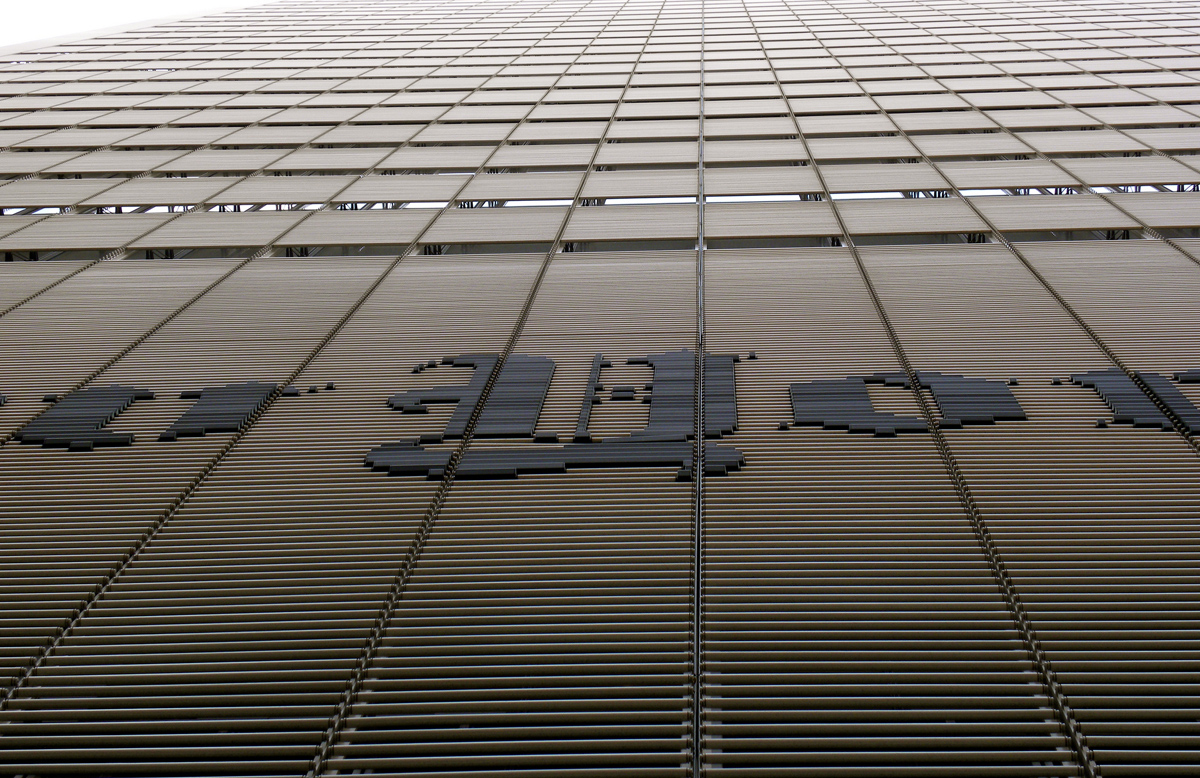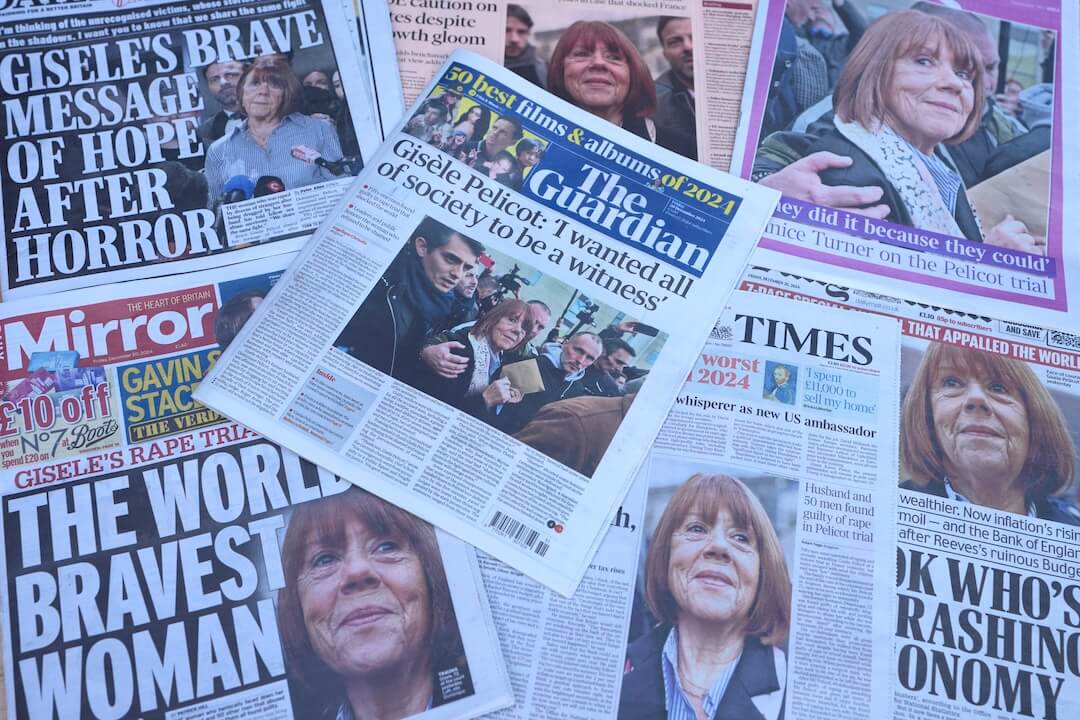At first glance, it could have been mistaken for a joke. In an irony-drenched tweet, New York Times Public Editor Margaret Sullivan announced that the Gray Lady is developing a new policy for anonymous attribution, citing newsroom sources “who asked to remain nameless to avoid career suicide.”
NYT sources, who asked to remain nameless to avoid career suicide, say a stricter policy on anonymous sources is imminent. @AnonyWatch
— Margaret Sullivan (@Sulliview) March 2, 2016
.@viajoshhunt There is a new policy coming. The way I've written the tweet, however, is meant to be funny, given the subject matter.
— Margaret Sullivan (@Sulliview) March 3, 2016
A spokesperson for The New York Times declined to make a newsroom representative available for an interview.
Depending on the content of the policy, it could be a big win for Sullivan, who has written extensively and frequently on the subject of regrettable anonymous sourcing in the Times. An irregular feature called “AnonyWatch” flagged examples of anonymous sourcing Sullivan deemed particularly egregious, and an October 2013 column identified faceless sources as among the biggest reader complaints.
…I see a disconnect — a major gap in understanding — between how journalists perceive the use of anonymous sources and how many readers perceive them.
A strongly revised policy from The New York Times — one that imposed harsher restrictions or relaxed the standards for anonymous sourcing — would be notable among journalists in Washington, D.C., where anonymity is granted to government officials as a matter of routine. But it’s unclear if the precedent would have broader impact given the growing number of scoop-happy outlets inside the Beltway jockeying for the same news.
But changes at one publication with clout are often echoed by its competitors. A New York Times story in the summer of 2012 that revealed the extent of quote approval among America’s major news organizations led several influential outlets to publicly disavow the practice.






